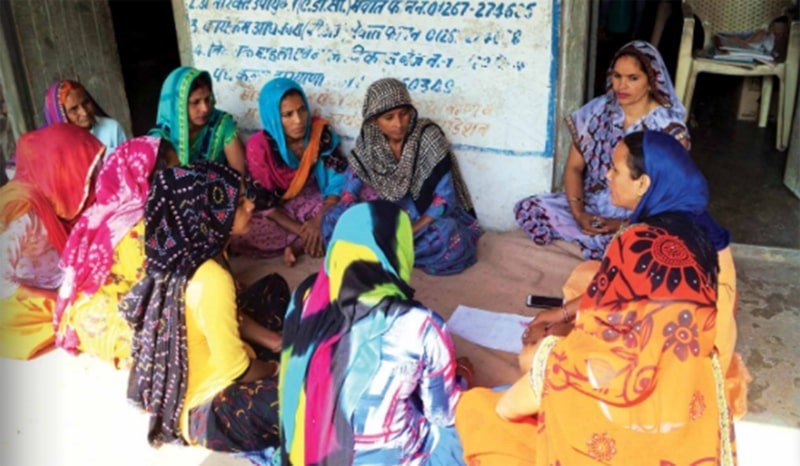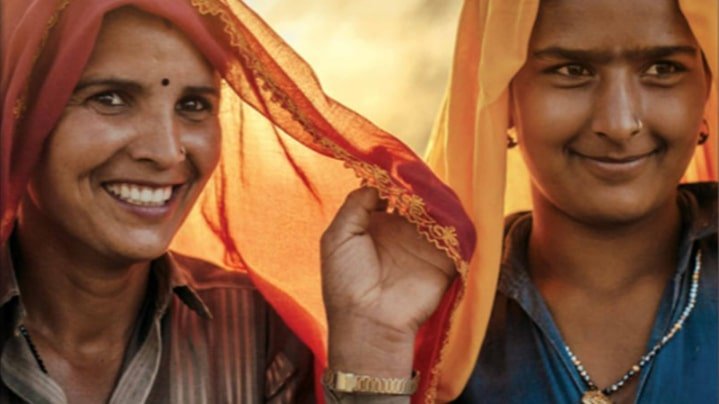In rural India, many important characteristics, such as equity and inclusiveness, have been ignored for many decades (Mosse, 2018). Even though women constitute nearly half of the total population in India, they are often excluded from politics and public representation (Kumar, Dhamija, & Dhamija, 2016).
The Indian Constitution provides for the principle of gender equality in its preamble, and women’s equality is provided as a fundamental right. The constitution places obligations on the state to foster the same as part of its fundamental duty and to provide a definitive direction through well-thought-out policies and directions. However, there is still a long way to go even after more than seventy years of independence. Each day, the media is full of stories of atrocities against women.

These issues are concentrated more in areas and communities that still accept the age-old concept of male superiority. The social and economic structure in rural India has not changed much over the years. Underemployment, casteism, and lack of education have a major role to play in the marginalization of women, particularly in rural areas.
The gender disparity, especially in rural India, is a glaring and grim reminder to the still rampant problem of gender discrimination. Women still have issues concerning financial exclusion and the lack of education opportunities, medical care, sanitation facilities, and more.
To address the issue of women’s equality and uplift their social status, the Government of India has made a concerted effort by way of laws, plans, and programs in various spheres, with the realization that the way forward is to shift the focus from welfare to development. Thus women’s empowerment has gained recognition as the core issue in uplifting the status of women.

The National Policy for the Empowerment of Women in 2001 laid out goals and guiding principles for the empowerment of women:
(i) Creating an environment through positive economic and social policies for the full development of women to enable them to realize their full potential;
(ii) The de-jure and de-facto enjoyment of all human rights and fundamental freedom by women on an equal basis with men in all spheres – political, economic, social, cultural, and civil;
(iii) Equal access to participation and decision-making of women in the social, political and economic life of the nation;
(iv) Equal access of women to healthcare, quality education at all levels, career and vocational guidance, employment, equal remuneration, occupational health and safety, social security and public office, etc.
(v) Strengthening legal systems aimed at elimination of all forms of discrimination against women;
(vi) Changing societal attitudes and community practices by active participation and involvement of both men and women;
(vii) Mainstreaming a gender perspective in the development process;
(viii) Elimination of discrimination and all forms of violence against women and the girl child; and
(ix) Building and strengthening partnerships with civil society, particularly women’s organizations.
(Source: https://wcd.nic.in/womendevelopment/national-policy-women-empowerment)
THE COLLECTIVE ROLE OF WOMEN ELECTED REPRESENTATIVES (WER) IS A POWERFUL INSTRUMENT FOR LOCAL PARTICIPATION
A collaborative model of strengthening local participation of women was developed by S M Sehgal Foundation (Sehgal Foundation), in which women elected representatives (WERs) of diverse institutions are trained and encouraged to collectively tackle problems of the village.
Sehgal Foundation teams have seen that the collective action of women representatives is an effective tool to solve problems related to the functioning of village-level institutions and also streamlining the delivery of government schemes in villages. The sustainable work done under this unique model has helped in overcoming the problems of the villages of Nuh district in Haryana.
The WLS (Women Leadership School) model developed by Sehgal Foundation is now recognized as a powerful tool with the capacity to make a cumulative and radical change across 662,000 villages of India and the ability to harness the cumulative resources of the neglected rural woman.
The WLS uses a training guide that is developed for women leaders to follow and guide others to overcome challenges of patriarchy, up gradation of skills and information, and guide them in activities and projects that are undertaken at the village level. This guide is designed to facilitate WLS sessions, where trainers can organize capacity-building sessions to foster leadership qualities in women.
An interactive twelve-session program uses group discussions, case study-based learning to inculcate bonding, improve leadership skills, and manage power dynamics. Women Leadership Schools have the capacity to lead transformative change in how governance processes and gender issues are looked at in India.
SEHGAL FOUNDATION’S WOMEN LEADERSHIP SCHOOLS LEAD BY EXAMPLE
To train women representatives in the villages of Nuh, Sehgal Foundation undertook training exercises for more than 400 elected representatives from twenty villages of different village-level institutions including the gram panchayat, school management committee (SMC), village health and sanitation committee (VHSNC), and anganwadi workers. The representatives were trained about the functions of these institutions with a structured curriculum. The program encouraged these women representatives to take up leadership roles through collective action for the overall development of villages. The results have contributed significantly to tackling local issues at the village level. In addition, a feeling of inclusion and self-esteem was inculcated–the first step in breaking the patriarchal divide.





